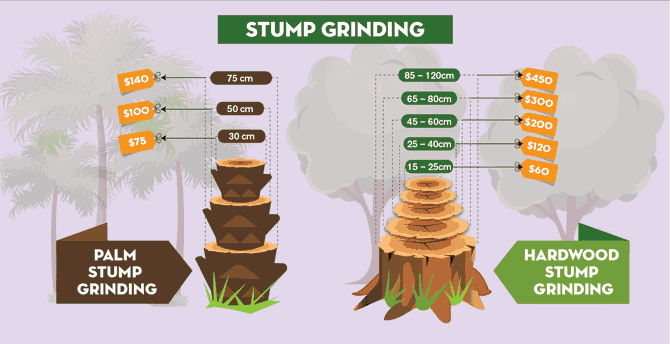Reveal Methods For Preserving A Healthy And Balanced Habitat After The Trees Have Actually Been Removed
Reveal Methods For Preserving A Healthy And Balanced Habitat After The Trees Have Actually Been Removed
Blog Article
Post By-
When it involves seasonal tree care, making certain correct management prior to and after elimination can significantly influence the health and aesthetic appeals of your landscape. By understanding the essential steps associated with analyzing tree health and preparing for elimination, you can proactively guard your building. Yet what concerning the important techniques to comply with when the tree is gone? Keep tuned to discover the essential post-removal care measures that will certainly assist you cultivate a growing and sustainable environment for your trees.
Pre-Removal Tree Treatment
Before attending to the elimination of a tree, it's critical to focus on pre-removal tree care. Beginning by analyzing the tree's health and wellness and structural integrity. Look for indicators of disease, pest problems, or any kind of architectural problems that may posture a safety and security danger throughout elimination. arbor care tree service to seek advice from a qualified arborist to determine the very best course of action.
Trimming dead or infected branches can prevent additional damage to the tree and make sure a smoother elimination procedure.
Additionally, consider the ecological influence of getting rid of the tree. Trees play an essential function in our environment, so planting a new tree in a suitable place can help balance out any kind of loss. Guarantee that you have the needed authorizations and authorizations for tree elimination, particularly if the tree is safeguarded by local regulations.
Seasonal Upkeep Tips
Assessing your tree's requirements throughout the year is important for its wellness and durability. To keep your trees in top condition, adhere to these seasonal maintenance tips.
In spring, focus on pruning to get rid of dead or broken branches and urge new development.
Summer season requires normal watering, especially throughout dry spells, to ensure your tree remains hydrated.
As fall approaches, watch out for early indications of illness or stress, and take into consideration using compost to safeguard the roots throughout winter months.
In wintertime, beware when getting rid of snow from branches to avoid breakage, and remain to check your tree's general health and wellness.
Keep in mind to readjust your treatment regular based on the certain demands of your tree species and local environment. By remaining attentive and positive throughout the seasons, you can help your trees thrive and thrive for years to find.
Post-Removal Tree Treatment
To ensure the health and wellness of your landscape even after tree elimination, proper post-removal care is essential. After landscape maintenance plan is gotten rid of, it's critical to fill the continuing to be hole with topsoil and compact it to stop settling. This will help maintain the stability of the ground and stop prospective dangers in the future.
Consider planting brand-new plant life instead of the removed tree to bring back the balance and visual appeals of your landscape. On a regular basis water the area to promote the development of brand-new plants and stop dirt erosion.
Examine the surrounding trees for any signs of illness or stress and anxiety that may have been caused by the removed tree. Watch out for insects that might've been brought in to the previous tree and take preventive measures to protect the remaining plants.
If necessary, talk to an expert arborist to examine the impact of the removal on the bordering trees and establish any type of extra care needed. By adhering to these post-removal treatment actions, you can make certain the ongoing wellness and charm of your landscape.
Conclusion
To conclude, proactive seasonal tree care is crucial for preserving the wellness and equilibrium of your landscape. By examining tree health, trimming, and talking to an arborist before elimination, you can ensure a safe procedure. After elimination, filling the hole, growing new plants, and normal watering will promote new growth and stop disintegration. Bear in mind to check surrounding trees for disease and seek additional care actions from an arborist to keep your landscape thriving.
